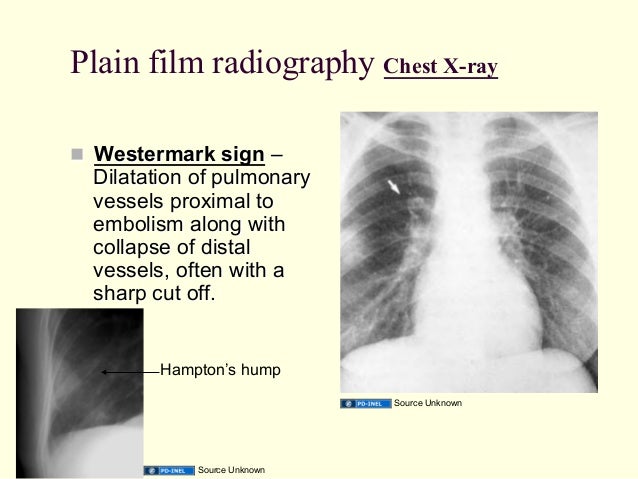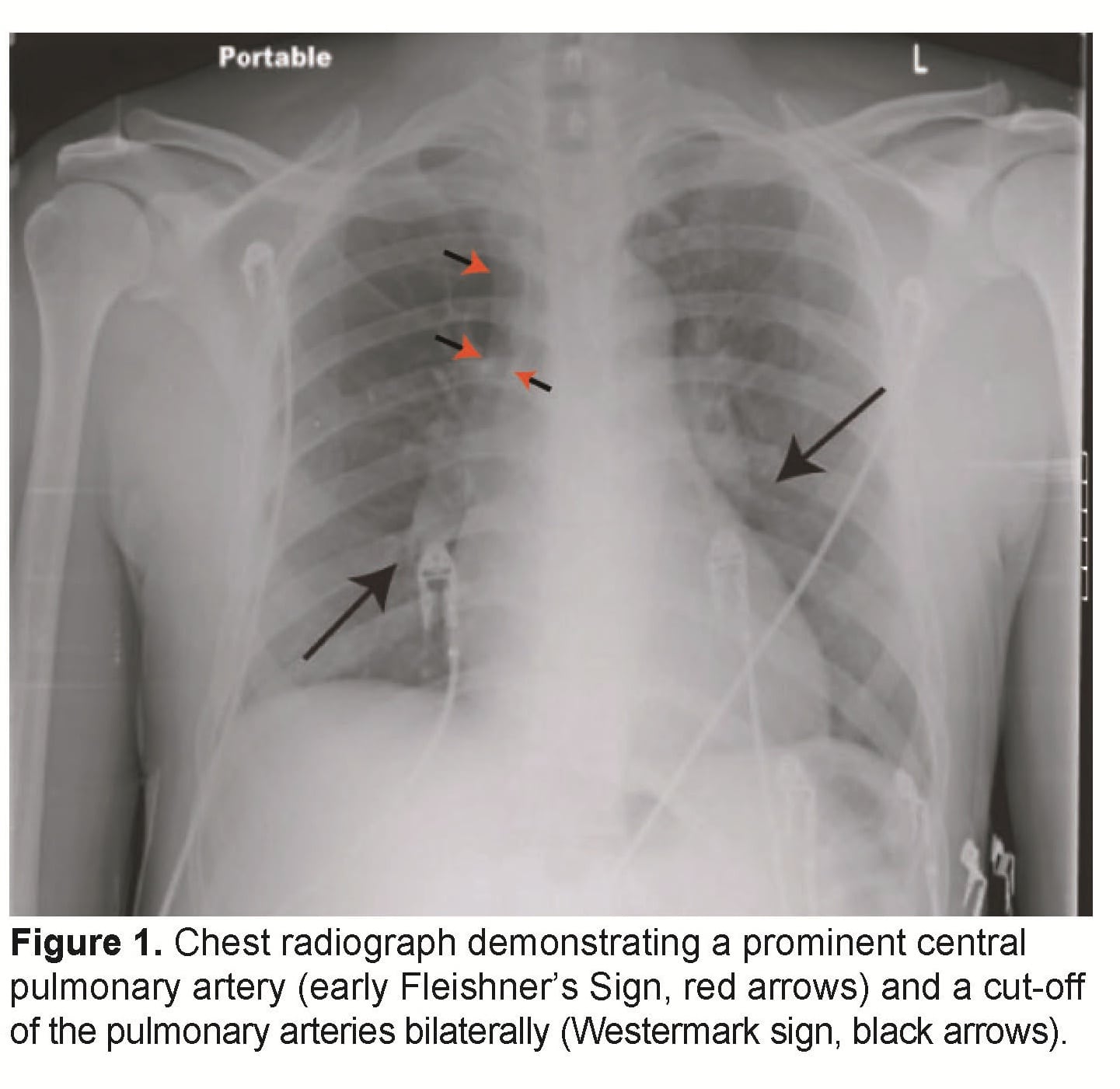1.A 10 year
old child suffering from parasitic infection with
minimal symptoms shows peripheral blood eosinophilia .X ray
shows transient bilateral airspace opacification which resolves
within a week.Which
of following is the most likely diagnosis
a. Simple
pulmonary eosinophilia (Löffler's syndrome)
b. Acute eosinophilic pneumonia
c. Chronic eosinophilic pneumonia
d. Wegener's
granulomatosis
e. Hypereosinophilic syndrome
1.----a
The
airspace opacification in Löffler's syndrome is fleeting and
may be either uni-
or bi-lateral. Resolution of opacities within a
period of days and, by
definition, within a month is the rule
Although
spontaneous resolution of acute eosinophilic pneumonia
occur without therapy,patients with Acute eosinophilic pneumonia
has
more fulminant clinical course . The clinical improvement
with corticosteroids is often dramatic, fever and radiographic
changes resolve within
days and with very little risk of relapse on
withdrawal of therapyThe
plain radiographic abnormalities in
chronic eosinophilic pneumonia reveals patchy, nonsegmental
areas of consolidation typically in the mid and upper zones. A
distinctive
feature in x ray is that the opacities are peripheral and
seem to parallel the
chest wall (the ‘photographic negative of
pulmonary oedema’)







